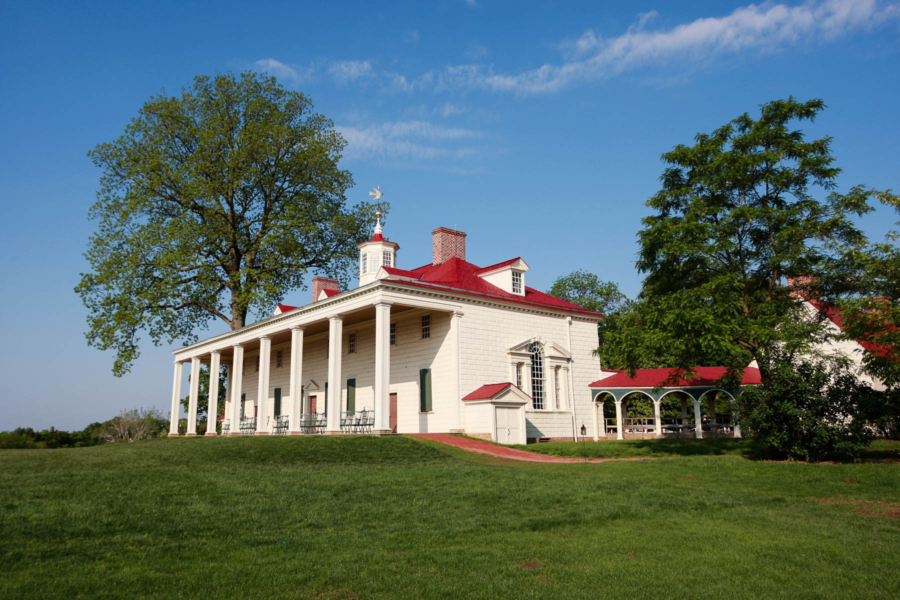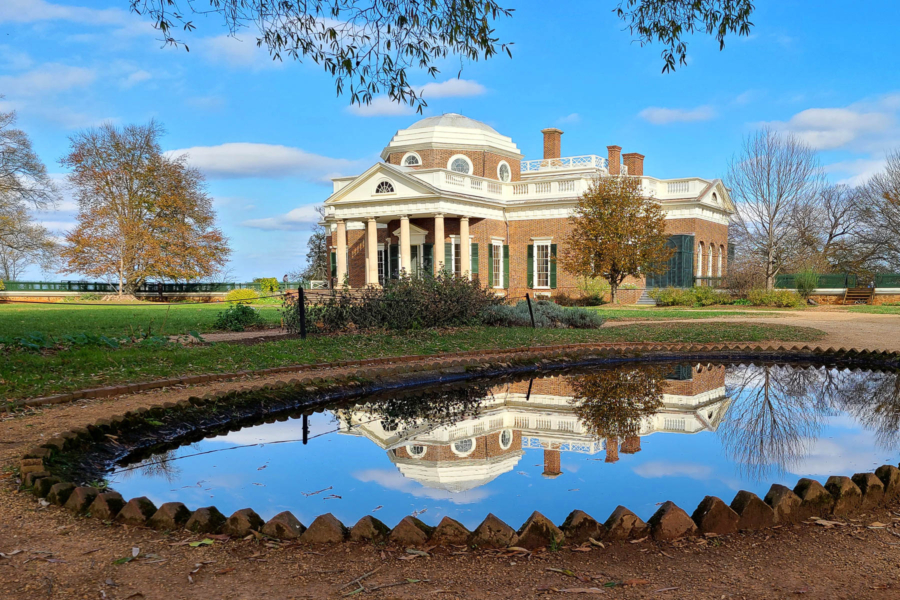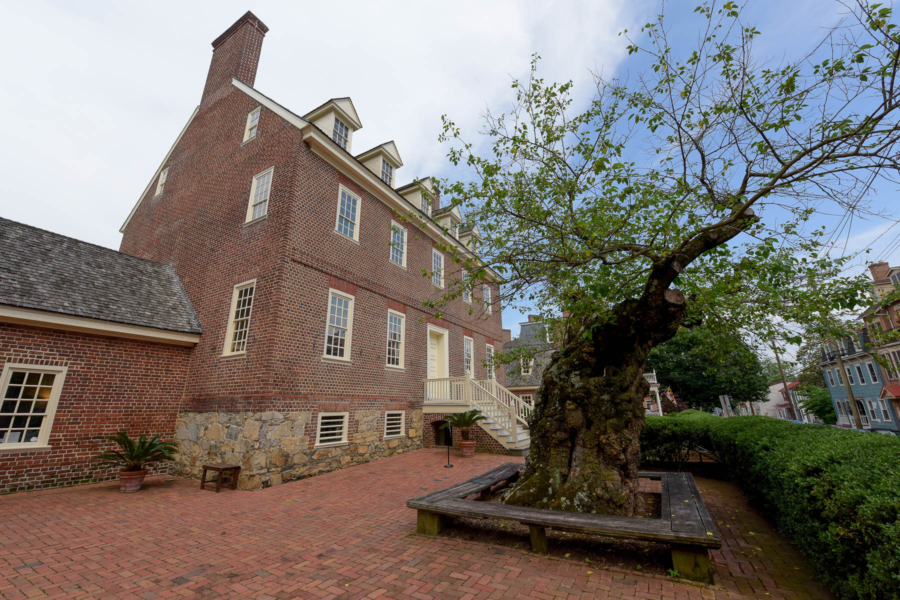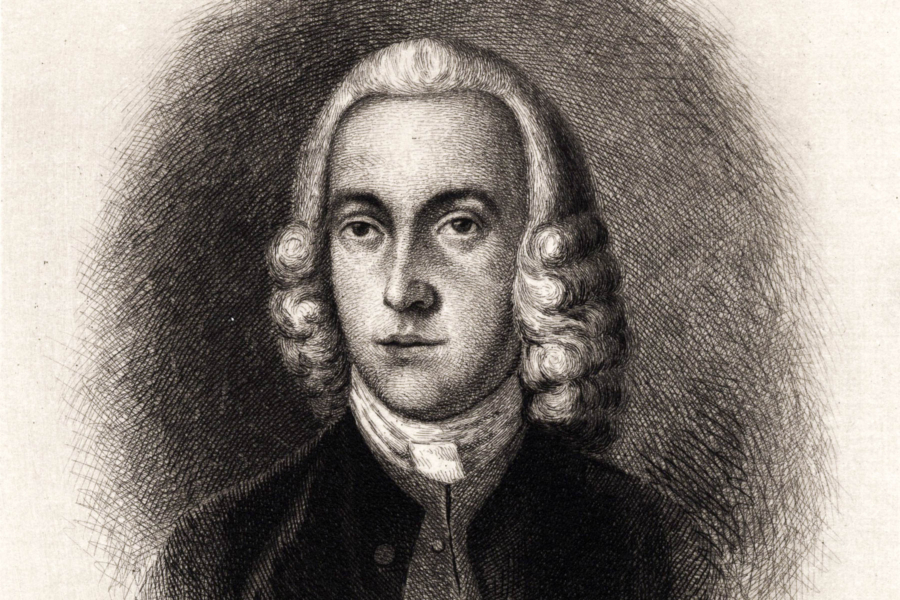Meet the Founding Fathers who called the Chesapeake home
Learn more about the revolutionary leaders who lived and worked in the Chesapeake

In 1776, the Chesapeake Bay region was a hotbed of political activity. From the bustling harbor of Annapolis, Maryland to the farmlands of the Virginia Piedmont, the Bay watershed was filled with soon-to-be Founding Fathers fighting for the future of this country.
Below are just a handful of places where these leaders lived and worked—many of which you can visit today!
Virginia
As one of the wealthiest and largest colonies, Virginia was home to many of the country’s Founding Fathers. George Washington, commander of the Continental Army and our first president, lived in the Mount Vernon estate off the Potomac River, which is open to the public 364 days of the year. George Mason, who was primarily responsible for the ideas in the U.S. Bill of Rights, had a place down the road.
Thomas Jefferson, our third president who advocated for a nation of small farms, lived in a tucked away estate called Monticello that overlooks one of America’s first public colleges, the University of Virginia, which he also founded. His neighbors included James Monroe, our fifth president, and James Madison, our fourth president, who also had homes in the Shenandoah region at Highland and Montpelier.
East of these folks was where Patrick Henry—the “orator of the American Revolution” who coined the phrase, “give me liberty or give me death”—lived on a plantation known as Scotchtown.
Each of the sites are preserved and remain open to the public.

Maryland
If you couldn’t tell by the cobblestone streets and historic inns, Annapolis, Maryland is brimming with colonial and post-colonial history. All four people who signed the Declaration of Independence on behalf of Maryland—Charles Carroll, Samuel Chase, William Paca and Thomas Stone—lived in Annapolis, working as lawyers and statesmen. To get a taste of their lives you can visit the William Paca House & Garden and Charles Carroll House, which are both open to the public.
You can also visit the Maryland State House, which was where the Continental Congress ratified the Treaty of Paris in 1783. Construction on the building started in 1772 but wasn’t finished until 1797 due to the ongoing Revolutionary War.
Thomas Stone eventually moved back to his Georgian mansion in Charles County, which is now a National Historic Site. And in Western Maryland you can visit a log cabin where George Washington lived and worked during the French and Indian War!

Pennsylvania
While Pennsylvania played a significant role in the formation of the United States, most of the colony's leaders lived in Philadelphia, which is outside of the Chesapeake Bay watershed.
But folks in central Pennsylvania can hang their hat on the fact that a lesser known Founding Father, George Ross, lived and practiced law in modern-day Lancaster. Ross attended the first and second Continental Congress on behalf of Pennsylvania and signed the Declaration of Independence. While his 18th century home no longer stands there is a monument dedicated to him on Ross Street in Lancaster.
Across the Susquehanna River, about 60 miles away from Ross in Carlisle, Pennsylvania, lived another Founding Father named James Wilson. In 1774, while living in Carlisle, Wilson published an important pamphlet arguing that the British Parliament had no authority to pass laws over American Colonies because they had no representation in Parliament of the U.S. Colonies. He signed the Declaration of Independence two years later and was a framer of the U.S. Constitution.
Unfortunately, Wilson’s home is no longer standing.

The rest of the Chesapeake
Only small portions of Delaware and New York are within the Chesapeake Bay watershed, and we didn’t locate any prominent Founding Fathers who lived there. West Virginia didn’t become a state until 1863 and Washington, D.C. was largely marsh, forest and scattered settlements during the American Revolution.
Still, political leaders traveled across the region—and there are so many people to thank for America’s independence outside of the Founding Fathers!

Comments
There are no comments.
Thank you!
Your comment has been received. Before it can be published, the comment will be reviewed by our team to ensure it adheres with our rules of engagement.
Back to recent stories